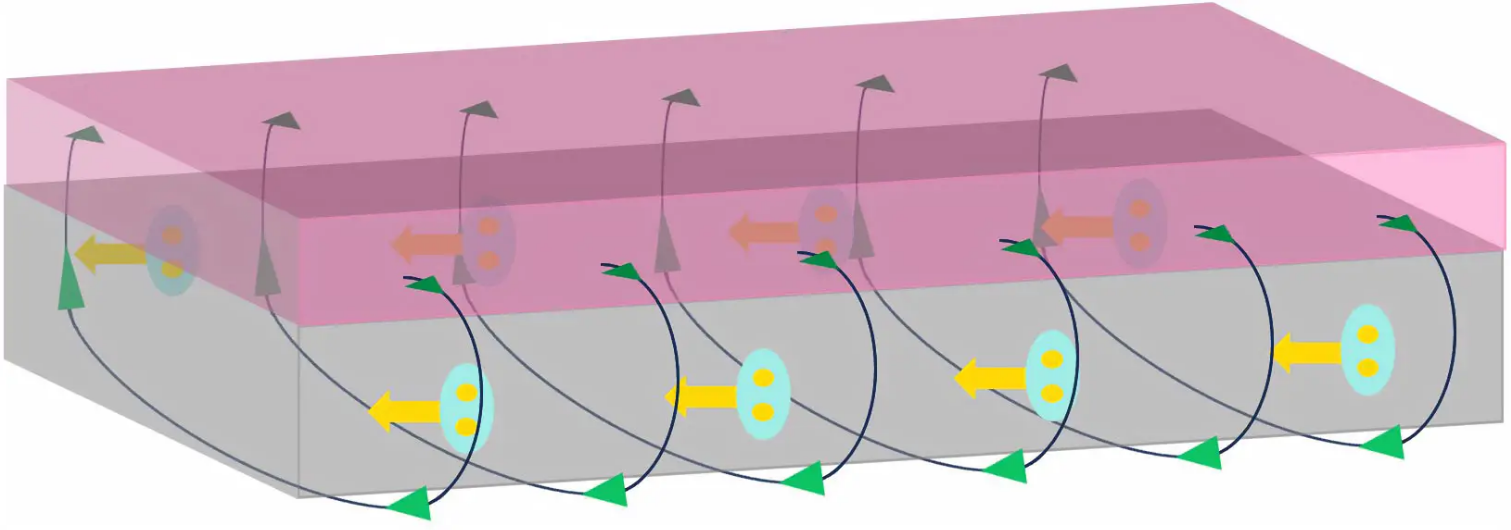
With all the rage on superconductors zipping through the news (looking at you, LK-99), it's sometimes easy to let other stories fly under the radar. But science happens everywhere, all the time: now, a research team with the Massachusetts Institute of Technology (MIT) has developed a superconducting device that they say will bring improved energy and thermal efficiency to electronics. Their work was published in an online issue of Physical Review Letters.
Like LK-99 (which is still going through a messy replication and peer-review process), the MIT-designed diode (a kind of switching device) is still in its design infancy. Yet even so, Jagadeesh Moodera (lead author) et al. say this diode is already twice as efficient as previous diode architectures when it comes to carrying current (and preventing losses), with ample design room left to improve its characteristics.
It could even impact quantum computing. And in fact, this development came as a serendipitous discovery as the team looked into Majorana fermions, one of the building blocks of topological qubits, a yet-to-be-vindicated qubit design that's been pursued by none other than Microsoft. The team soon realized their Majorana-inspired work on superconducting diodes could be easily transferred into the realm of classical (i.e., non-quantum) circuits.

Diodes are a crucial part of any chip, and are an integral part of a circuit's design. While transistors are used to amplify input signals from low resistance circuits to high resistance circuits within the chip, diodes are usually responsible for converting alternate current (AC) to direct current (DC).
With chip design being forcefully constrained by the amount of heat generated by electrical losses (a bottleneck that's seen increasingly more complex transistor designs and new cooling technologies that deal with these issues in a limited manner), the benefits of lossless diodes in improving computing and thermal efficiency shouldn't be underestimated.
All the hallmarks of a superconductor were required to make the super-efficient diodes. The MIT research team showed that tiny differences between the edges of the diode devices could be optimized (by adding serrated edges, or applying other deformations). That's why the design is still open for optimization: the amount of possible design variations is enormous, and there's only so much time to find what the best asymmetrical configuration is.
The design quirk shows that even microscopic differences in materials can result in disproportionate results. These diodes also have superconducting hallmarks such as the Meissner effect and the ability to lock into pre-existing magnetic fields (known as flux pinning).
Speaking with SciTechDaily, Philip Moll (Director of the Max Planck Institute for the Structure and Dynamics of Matter in Germany and not involved in the research) said that the MIT team's paper showcases how superconducting diodes are now an "entirely solved problem from an engineering perspective". He also added that the record efficiencies showcased by the design were hit "without even trying", with structures being "far from optimized yet". That sounds like perfectly smart (although still hard) science.
Crucially, the team says its superconducting diode is robust, and is able to operate over a wide temperature range while potentially opening the door to new technologies and designs. Adding relevancy to the discovery, the engineers say these diodes' design is simple and compatible enough that it's easily scalable - millions of them can be produced across a single silicon wafer.
So let's get them out here already?
"chips" - Google News
August 07, 2023 at 11:38PM
https://ift.tt/XLszhNM
High-Efficiency Superconducting Diode Could Change Chips Forever - Tom's Hardware
"chips" - Google News
https://ift.tt/L0ABeb7
https://ift.tt/tT4lUEz
Bagikan Berita Ini















0 Response to "High-Efficiency Superconducting Diode Could Change Chips Forever - Tom's Hardware"
Post a Comment